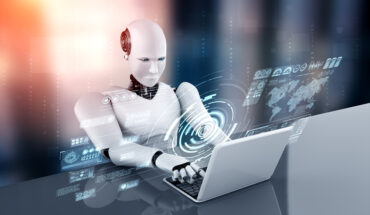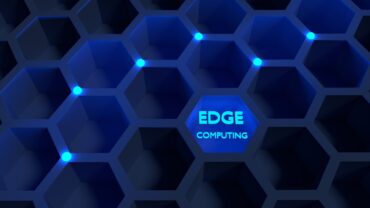
Artificial intelligence will be a disruptive technology across many industries, but it’s likely to be additive to human tasks, not a replacement.
“Automate a mess, get an automated mess,” noted consultant Mike Hammer famously said a few decades back. That tried-and-true phrase has never been more applicable than in the current age of artificial intelligence and machine learning, in which decisions are delivered across systems and networks at blinding, real-time speeds. A moribund, floundering business may find speeding up decision-making only will hasten its demise.
Analysts at McKinsey recently weighed in on this matter, seeing AI as a transformational force that will extend and expand human tasks. The McKinsey researchers, James Manyika and Kevin Sneader, take a positive view, noting AI technologies “will transform the nature of work and the workplace itself. Machines will be able to carry out more of the tasks done by humans, complement the work that humans do, and even perform some tasks that go beyond what humans can do. As a result, some occupations will decline, others will grow, and many more will change.”
See also: What are the 3 key components to AI readiness?
While AI overall will be a positive force in peoples’ careers, they predict “workers will need to acquire new skills and adapt to the increasingly capable machines alongside them in the workplace. They may have to move from declining occupations to growing and, in some cases, new occupations.”
The rise of AI has to be in its proper perspective. Manyika and Sneader recommend that business leaders and AI proponents think the following issues through very carefully as they embark on their AI journey:
It’s about business growth. If the business model is no longer working, it may not matter how much AI is in place. “Strong growth is not the magic answer for all the challenges posed by automation, but it is a prerequisite for job growth and increasing prosperity,” according to Manyika and Sneader. “Unlocking investment and demand, as well as embracing automation for its productivity contributions, is critical.”
Bring out the entrepreneurial spirit. Overlaying AI over a rigid, bureaucratic culture will not advance the business. “Entrepreneurship and more rapid new business formation will not only boost productivity, but also drive job creation,” Manyika and Sneader advocate. “A vibrant environment for small businesses as well as a competitive environment for large business fosters business dynamism and, with it, job growth.”
The educational and training world is not keeping up with the possibilities AI opens up. Not only are STEM skills needed to develop and help businesses get the most out of AI, “a new emphasis is needed on creativity, critical and systems thinking, and adaptive and life-long learning. There will need to be solutions at scale.” In addition, there needs to be a far greater investment in human capital, including “job creation, learning and capability building, and wage growth.”
Quality of work needs to be emphasized. “Workflow design and workspace design will need to adapt to a new era in which people work more closely with machines,” state Manyika and Sneader. “This is both an opportunity and a challenge, in terms of creating a safe and productive environment. Organizations are changing too, as work becomes more collaborative and companies seek to become increasingly agile and non-hierarchical.”
AI needs to ensure security and privacy. “Even as we capture the productivity benefits of these rapidly evolving technologies, we need to actively guard against the risks and mitigate any dangers,” the McKinsey authors assert. “The use of data must always take into account concerns including data security, privacy, malicious use, and potential issues of bias, issues that policy makers, tech and other firms, and individuals will need to find effective ways to address.”






























